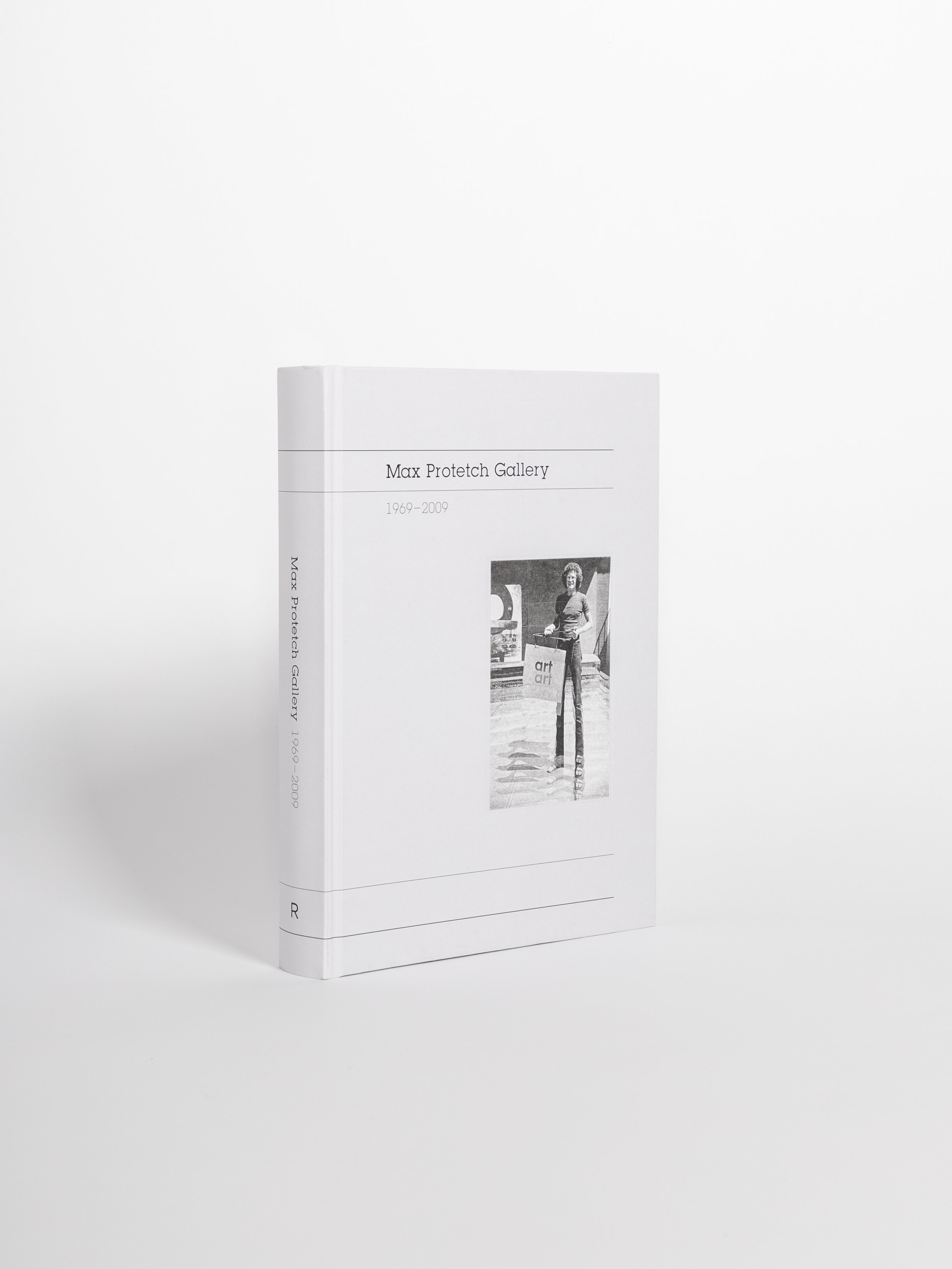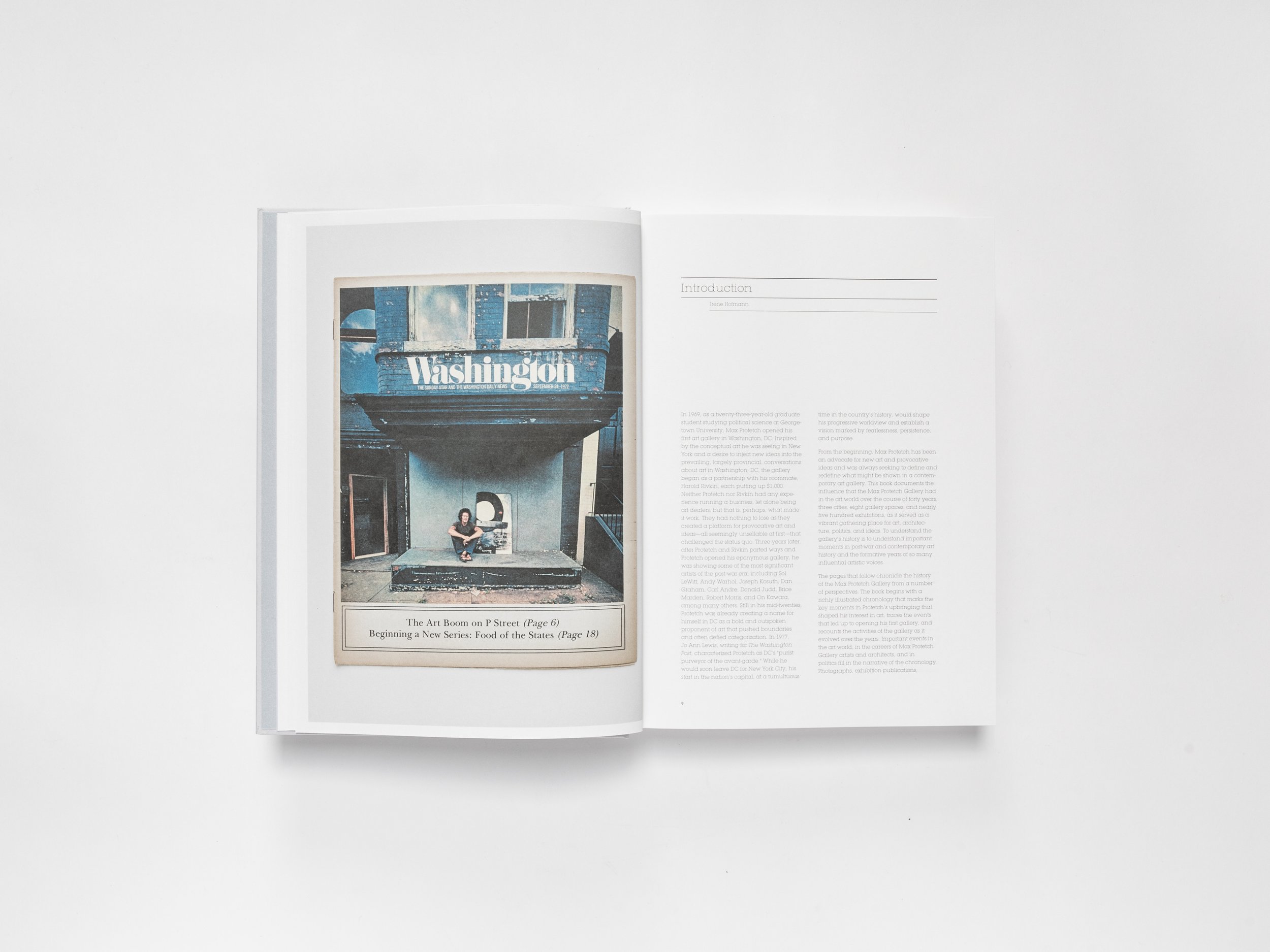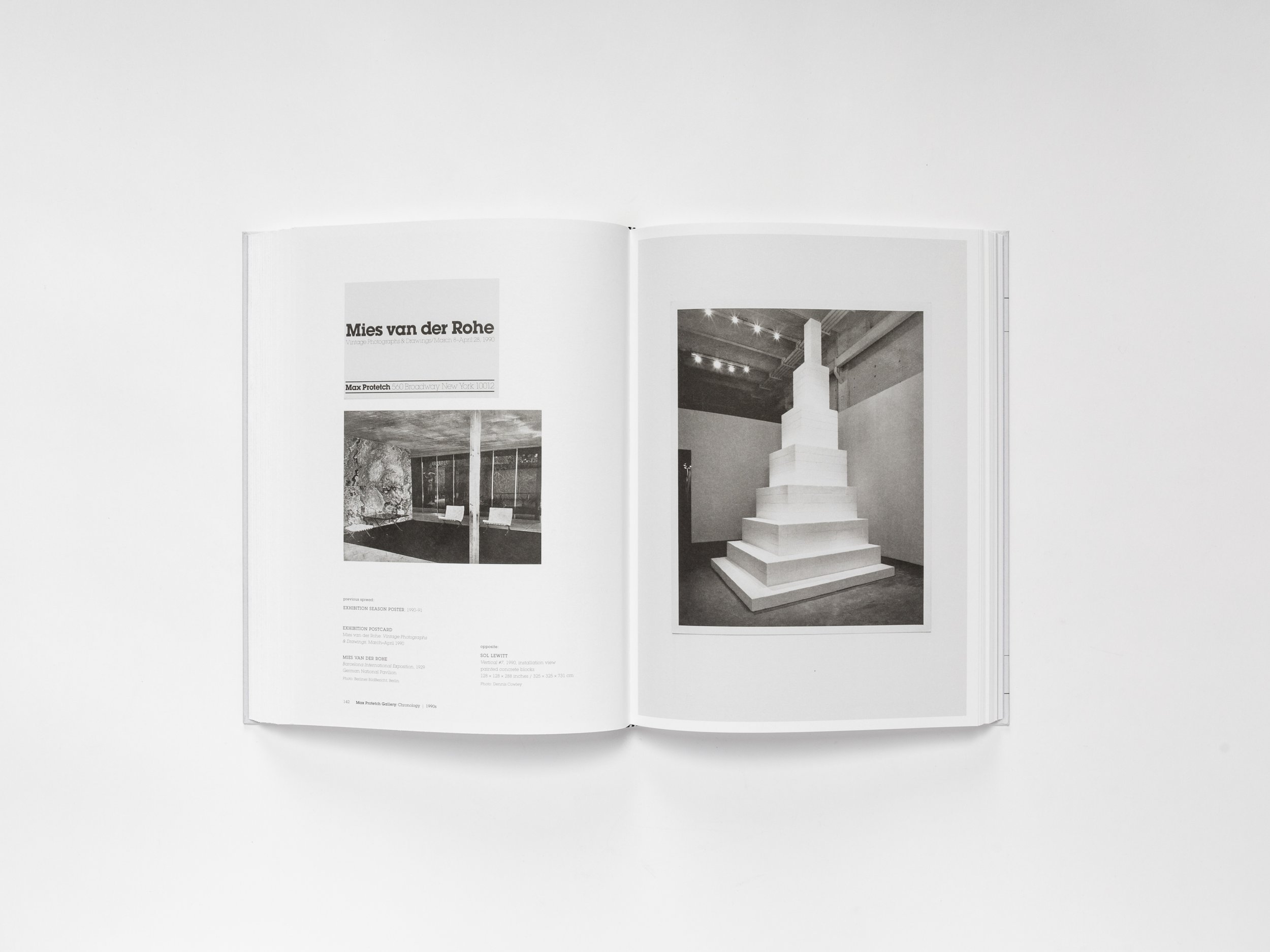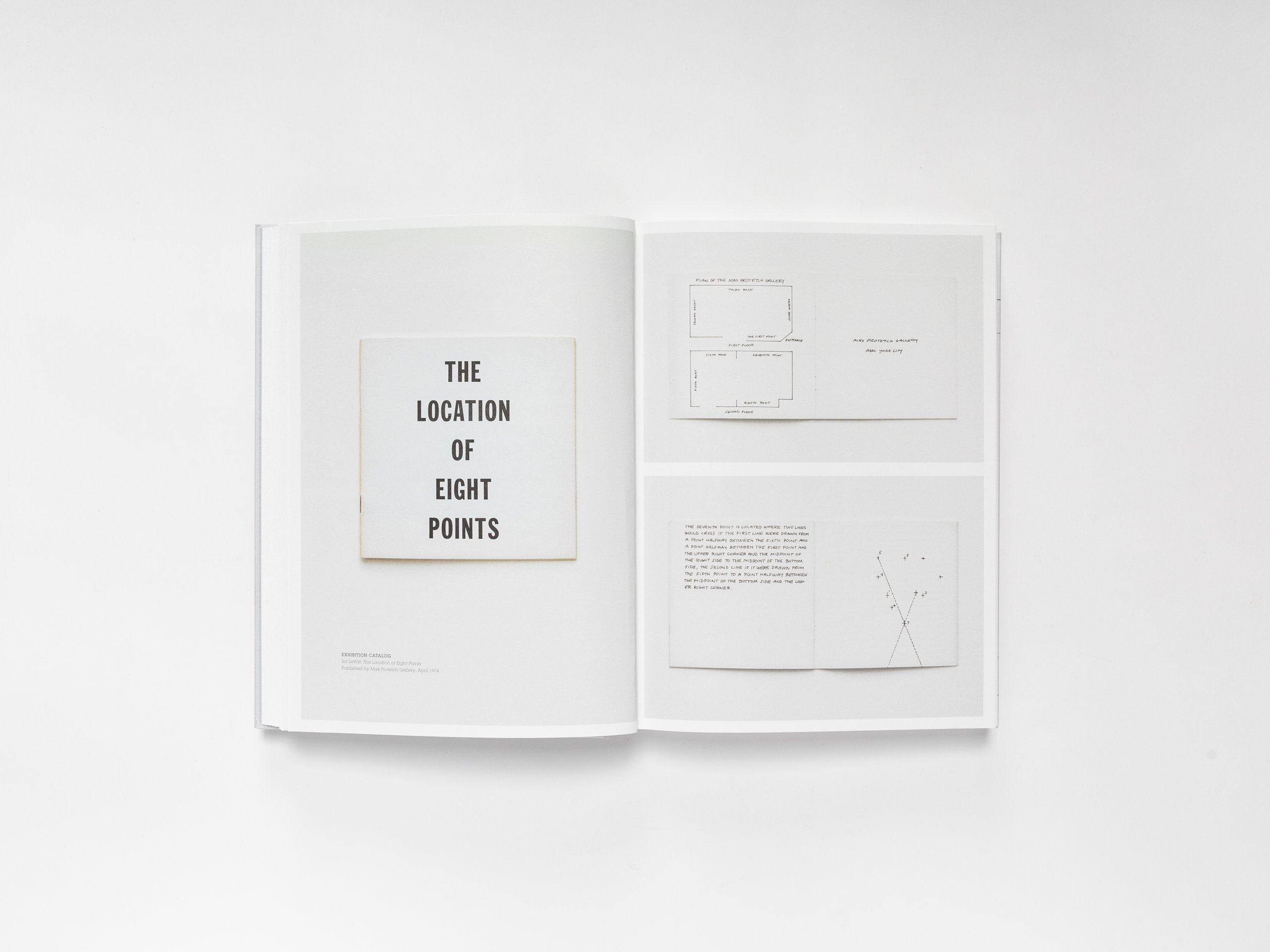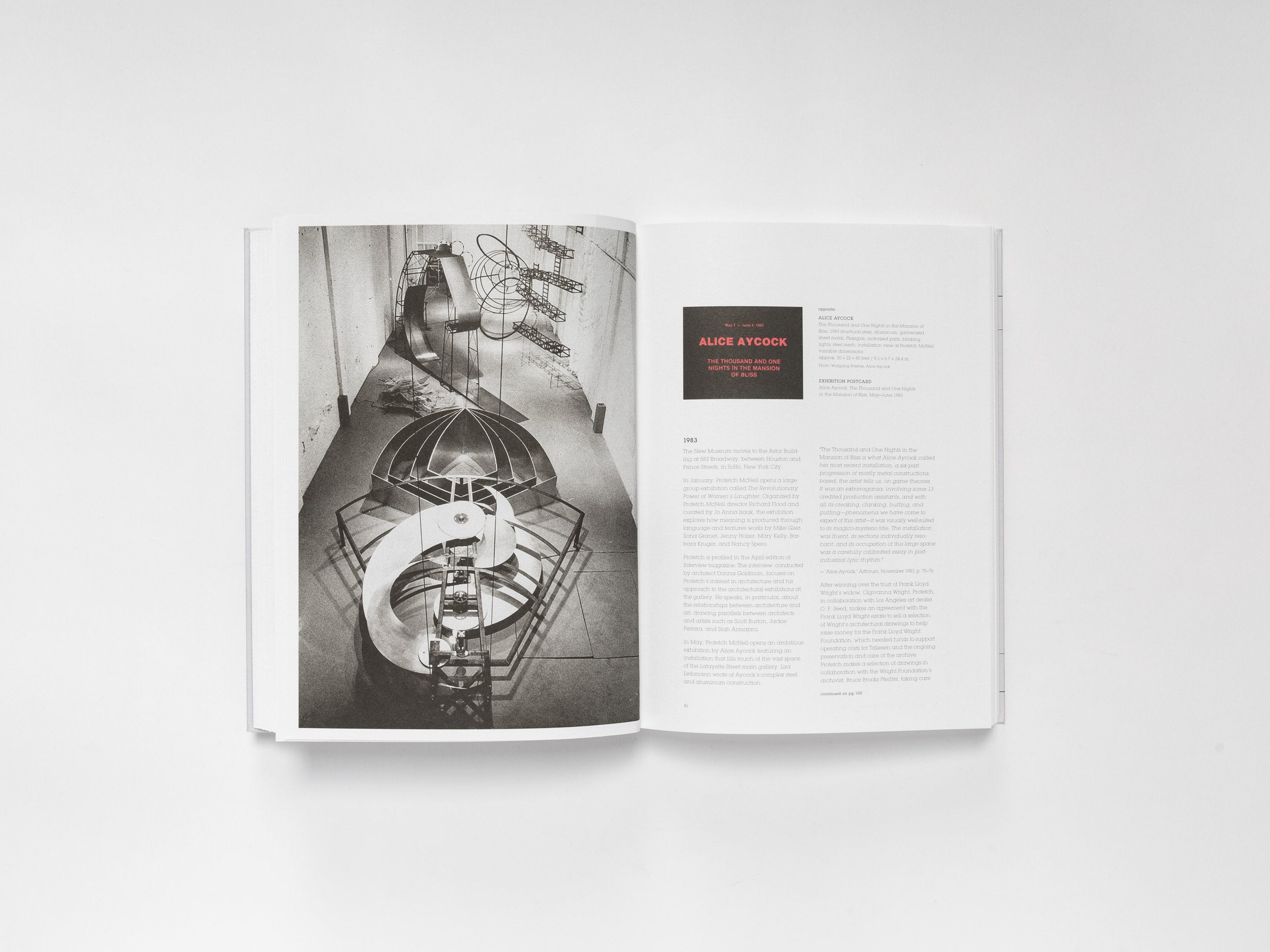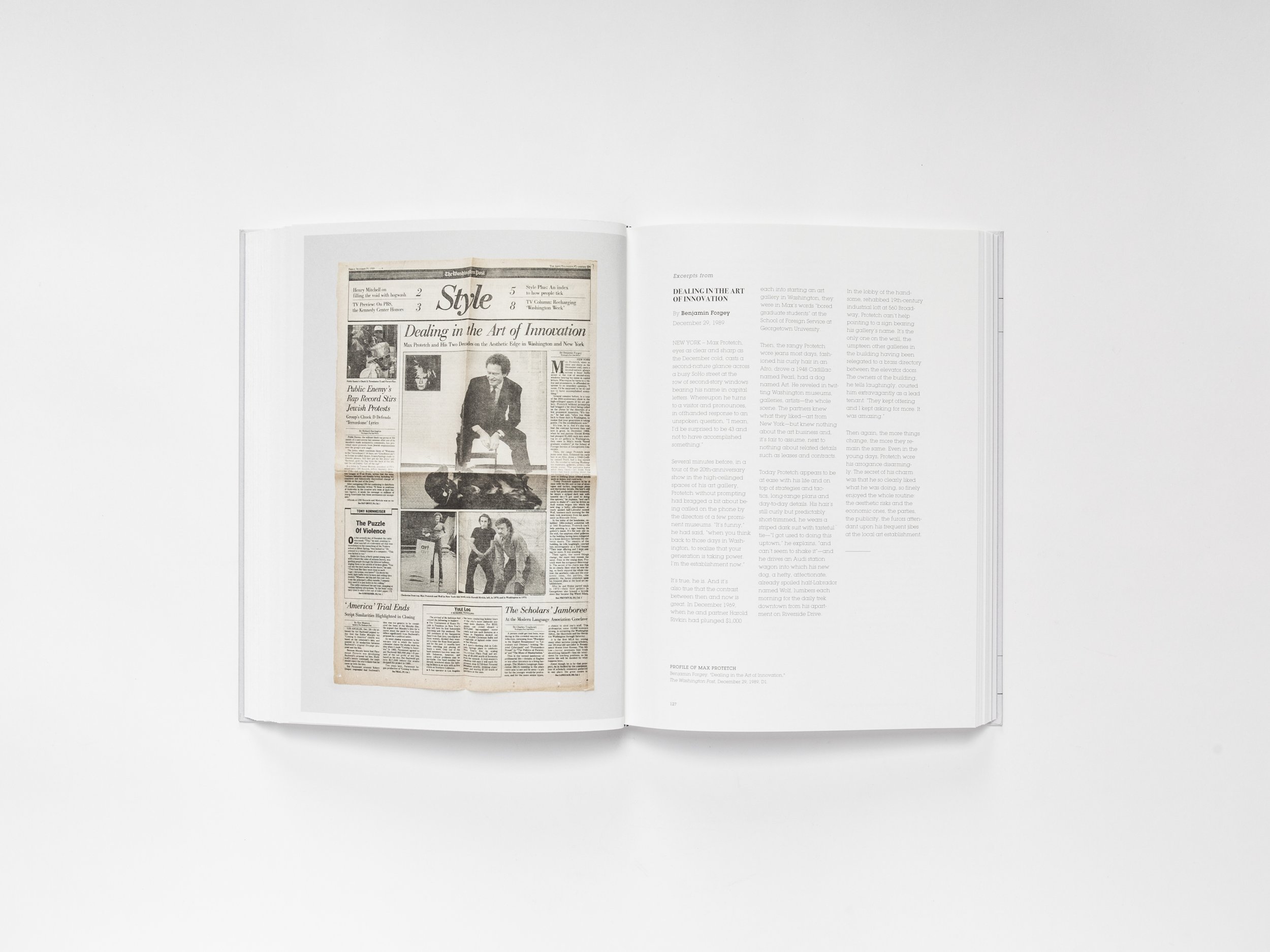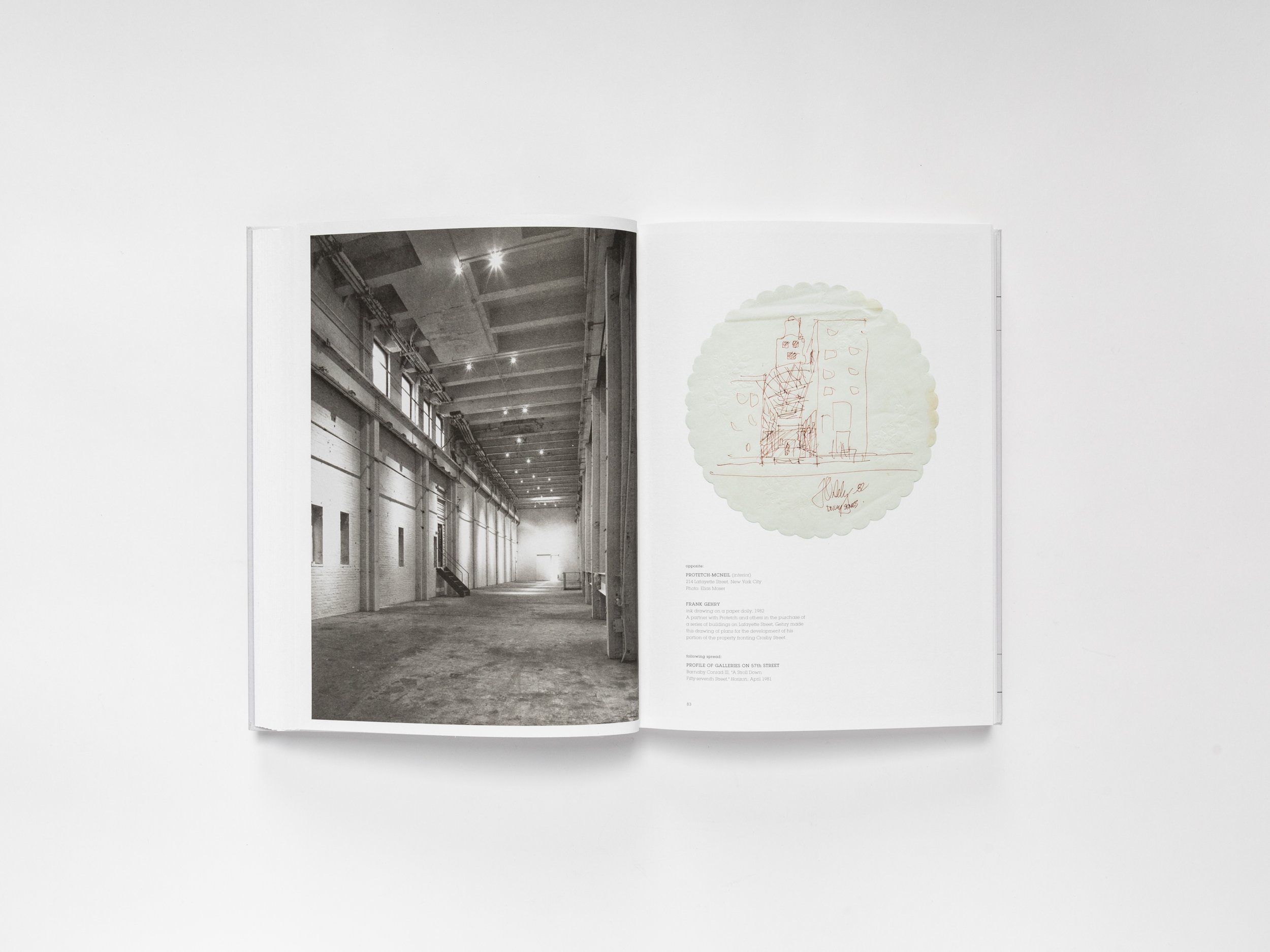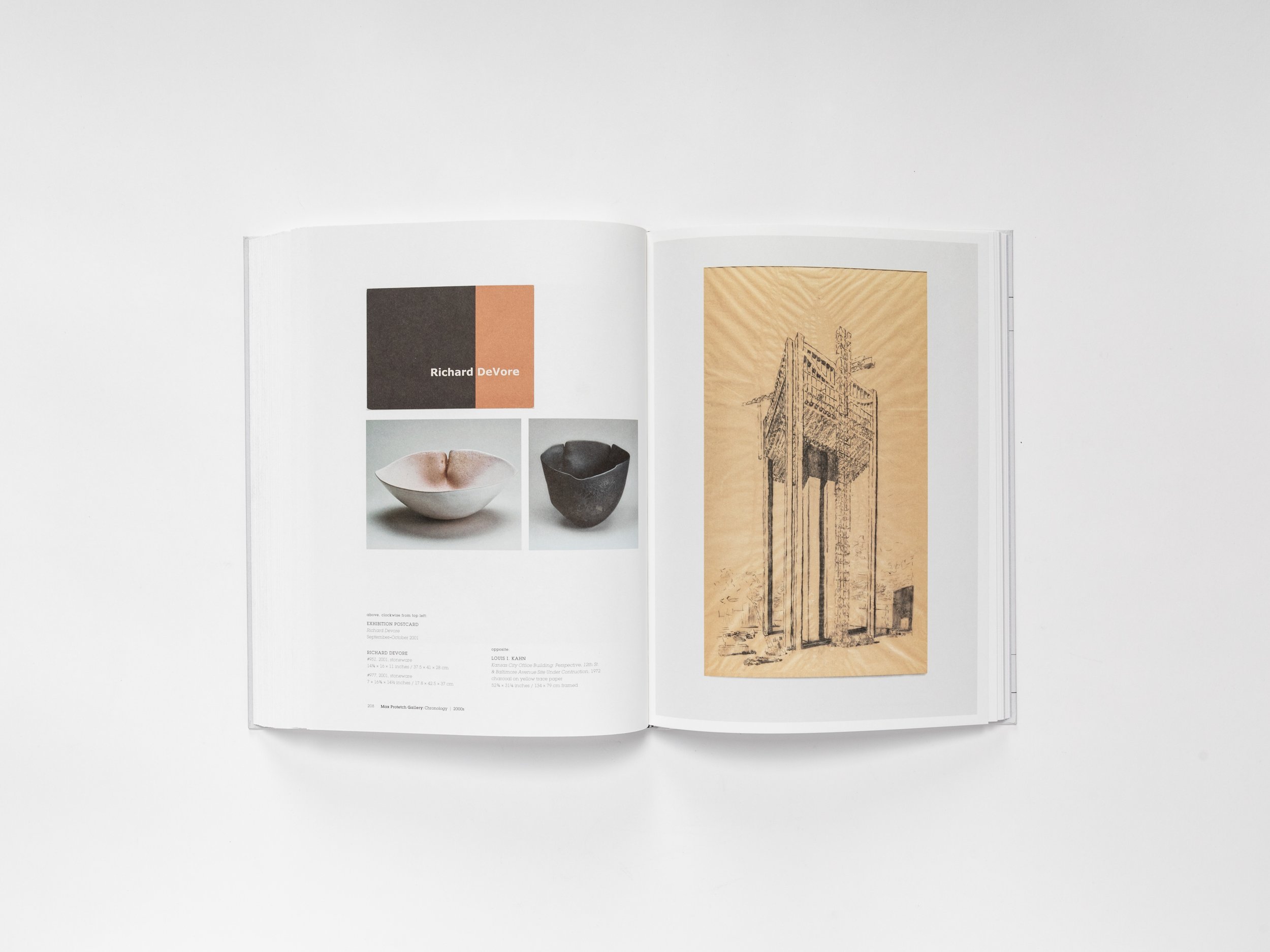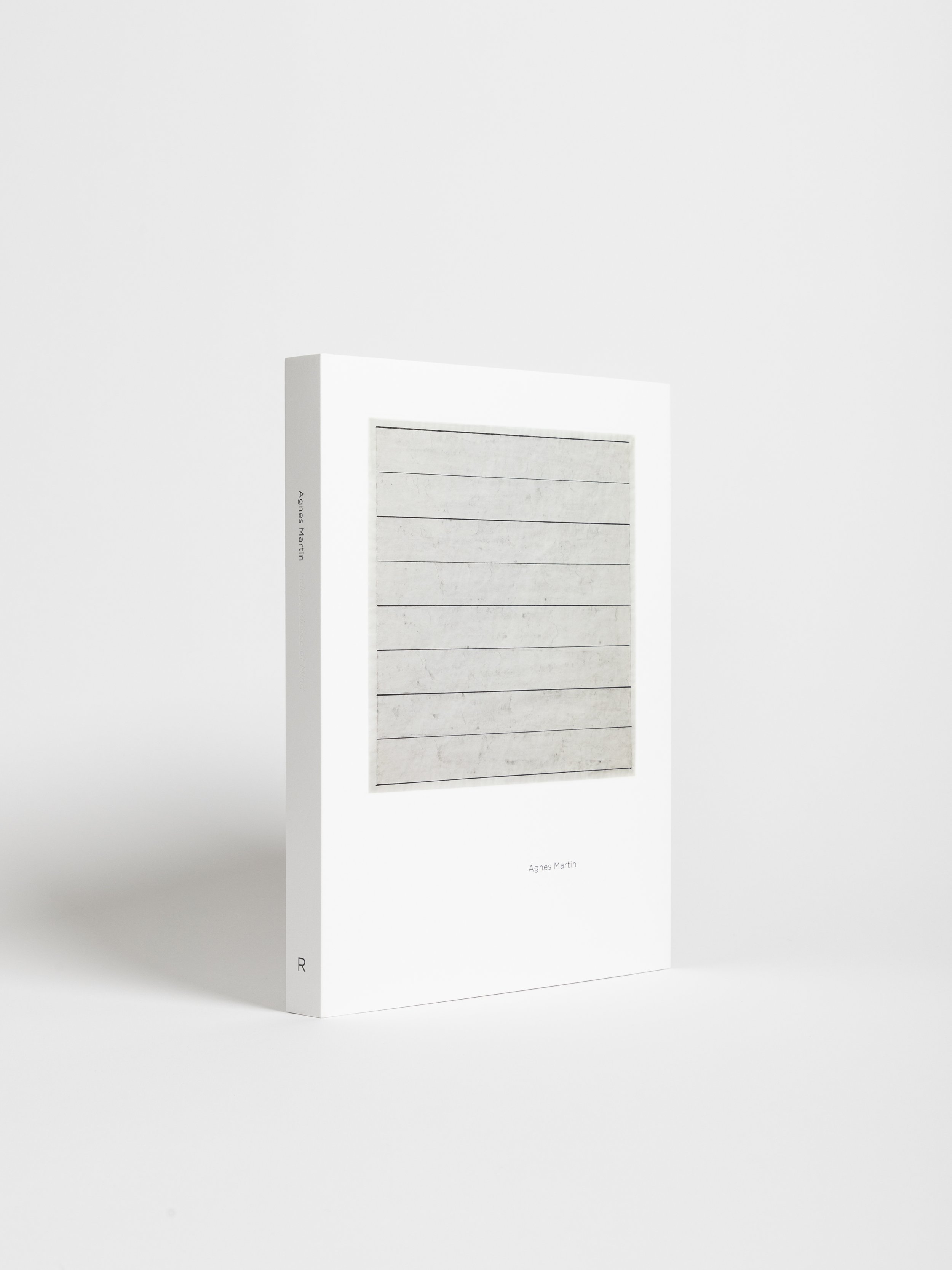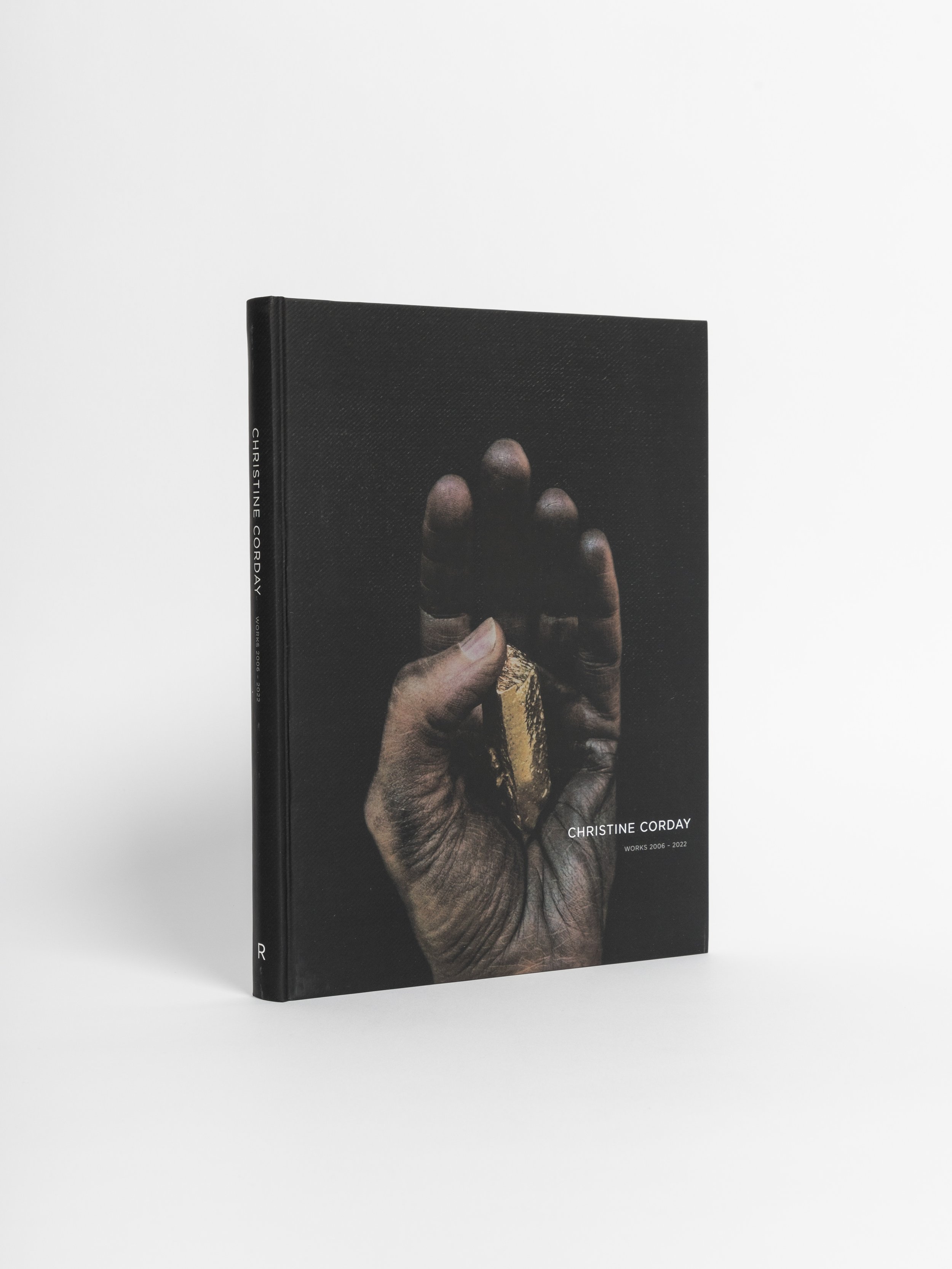Max Protetch Gallery: 1969-2009
Over the course of four decades, pioneering gallerist Max Protetch advocated for new art and provocative ideas.
From 1969 until 2009, Max Protetch’s gallery―first in Washington, DC, and then in New York City―was a vibrant gathering place for art, architecture, politics and ideas. This publication documents the influence the Max Protetch Gallery had in the art world over the course of forty years, three cities, eight gallery spaces, and nearly five-hundred exhibitions. To understand the gallery’s history is to understand important moments in post-war and contemporary art history and the formative years of so many influential artistic voices. Richly illustrated with previously unpublished materials from the gallery’s archive, this volume provides insight into the early careers of some of contemporary art’s most enduring figures.
Over the course of four decades, pioneering gallerist Max Protetch advocated for new art and provocative ideas.
From 1969 until 2009, Max Protetch’s gallery―first in Washington, DC, and then in New York City―was a vibrant gathering place for art, architecture, politics and ideas. This publication documents the influence the Max Protetch Gallery had in the art world over the course of forty years, three cities, eight gallery spaces, and nearly five-hundred exhibitions. To understand the gallery’s history is to understand important moments in post-war and contemporary art history and the formative years of so many influential artistic voices. Richly illustrated with previously unpublished materials from the gallery’s archive, this volume provides insight into the early careers of some of contemporary art’s most enduring figures.
Over the course of four decades, pioneering gallerist Max Protetch advocated for new art and provocative ideas.
From 1969 until 2009, Max Protetch’s gallery―first in Washington, DC, and then in New York City―was a vibrant gathering place for art, architecture, politics and ideas. This publication documents the influence the Max Protetch Gallery had in the art world over the course of forty years, three cities, eight gallery spaces, and nearly five-hundred exhibitions. To understand the gallery’s history is to understand important moments in post-war and contemporary art history and the formative years of so many influential artistic voices. Richly illustrated with previously unpublished materials from the gallery’s archive, this volume provides insight into the early careers of some of contemporary art’s most enduring figures.
YOU MAY ALSO LIKE
-
Texts by Fred Bernstein, Martin Hartung, Irene Hofmann, Stuart Krimko, Max Protetch, and James Wines
Hardcover
8.75 x 12 inches
320 pages / 200 images
ISBN: 9781955161060 -
In 1969, as a twenty-three-year-old graduate student studying political science at Georgetown University, Max Protetch opened his first art gallery in Washington, DC. Inspired by the conceptual art he was seeing in New York and a desire to inject new ideas into the prevailing, largely provincial, conversations about art in DC, the gallery began as a partnership with his roommate, Harold Rifkin, each putting up $1,000. Neither Protetch nor Rivkin had any experience running a business, let alone being art dealers, but that is, perhaps, what made it work. They had nothing to lose as they created a platform for provocative art and ideas—all seemingly unsellable at first—that challenged the status quo. Three years later, after Protetch and Rivkin parted ways and Protetch opened his eponymous gallery, he was showing some of the most significant artists of the post-war era, including Sol LeWitt, Andy Warhol, Joseph Kosuth, Dan Graham, Carl Andre, Robert Morris, and On Kawara, among many others.
Still in his mid-20s, Protetch was already creating a name for himself in DC as a bold and outspoken proponent of art that pushed boundaries and often defied categorization. In 1977, Jo Ann Lewis, writing for the Washington Post, characterized Protetch as DC’s “purist purveyor of the avant-garde.” While he would soon leave DC for New York City, his start in the nation’s capital, at a tumultuous time in the country’s history, would shape his progressive worldview and establish a vision marked by fearlessness, persistence, and purpose. From the beginning, Max Protetch has been an advocate for new art and provocative ideas and was always seeking to define and redefine what might be shown in a contemporary art gallery. Max Protetch Gallery advocated for Minimalism, Conceptual, and Pop art in the 1970s; architecture in the late ’70s and 1980s; and beginning in the 1990s, a broad range of contemporary art, including from China. Over its forty year history, the gallery represented and exhibited artists such as Vito Acconci, Siah Armajani, Alice Aycock, Jo Baer, Donald Judd, Dan Flavin, On Kawara, Byron Kim, Glenn Ligon, Iñigo Manglano-Ovalle, Robert Mangold, Marilyn Minter, Thomas Nozkowski, Sol LeWitt, Dan Graham, David Reed, and Betty Woodman; and architects such as Michael Graves, Tadao Ando, Peter Eisenmann, Frank Gehry, Zaha Hadid, Rem Koolhaas, Daniel Libeskind, Samuel Mockbee, Aldo Rossi, and Robert Venturi.
Having sold the gallery in 2009 after a forty-year run, Max Protetch now lives in Santa Fe, NM where he consults for collectors and deals privately.

